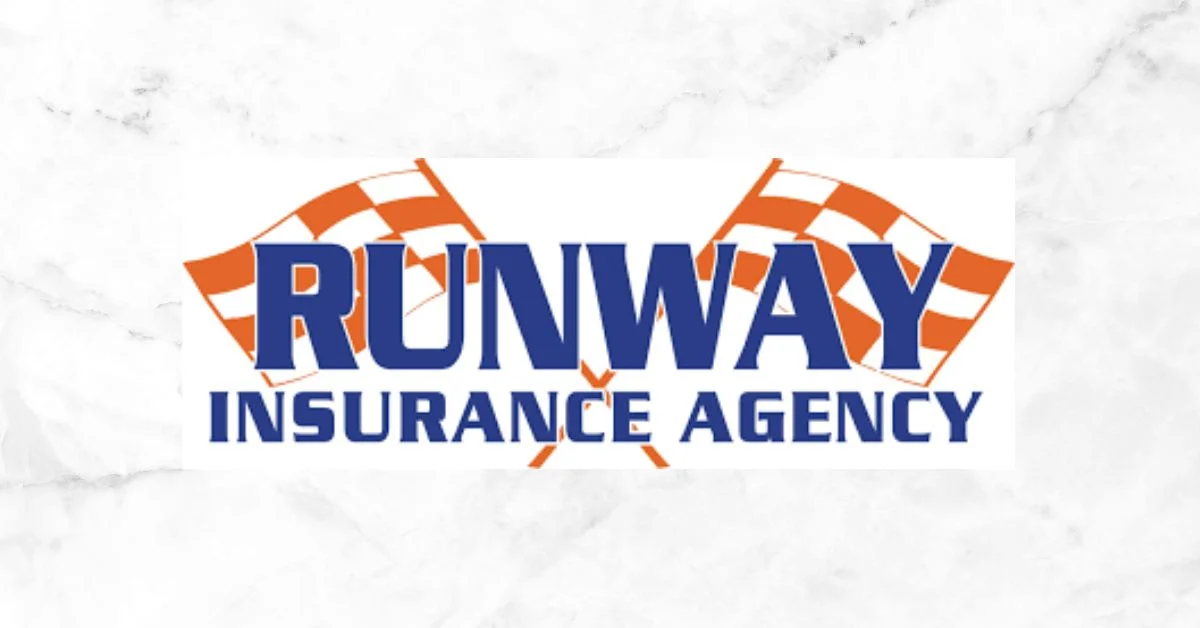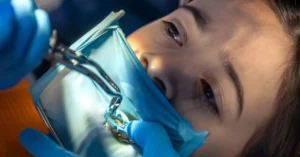Runway insurance refers to specialized coverage tailored to the unique risks models, fashion events, designers, and production teams face during runway shows. From bodily injuries and equipment damage to wardrobe malfunctions and legal liabilities, this insurance provides financial protection and peace of mind in a high-stakes, live-event environment. This article dives into the types of runway insurance available, key coverage elements, real-world scenarios, cost considerations, and proactive steps fashion professionals can take to safeguard against unexpected disruptions, cancellations, and costly claims.
1. Why Runway Insurance Is Essential
In the high-pressure environment of a fashion show, where timing, precision, and public image collide, the unexpected can quickly spiral into a crisis:
- A model trips on uneven flooring
- Lighting rigs malfunction and cause burns
- A designer’s exclusive gown is ripped mid-strut
- A photographer damages venue property
Runway insurance minimizes risk by offering financial protection when incidents occur. Specialized policy structures help cover medical bills, replacement costs, show postponements, reputational losses, and even legal defense.
2. Who Needs Runway Insurance?
Different roles within the fashion ecosystem face distinct risk exposures. Here’s a breakdown of typical policyholders:
- Models and talent agencies: Covering physical injury, lost income, and reputation
- Fashion event producers and promoters: Protecting against venue issues, weather delays, and third-party lawsuits
- Designers and brands: Guarding high-value couture, accessories, and show elements
- Production teams (set designers, tech crews): Needing protection for equipment, staging, and crew health
- Photographers and media personnel: Covering gear damage, liability to third parties, and intellectual property risks
Each role requires tailored policies to align with their specific exposure.
3. Key Coverage Types
A. Personal Injury & Medical Expense
- Covers model injuries (e.g., broken ankle)
- Pays for medical bills
- Protects income lost from canceled engagements
B. Event Liability
- Addresses third-party claims (e.g., guest trips and falls)
- Covers legal fees and damages
- Includes bodily injury and property damage
C. Equipment and Property Coverage
- Protects cameras, lighting, set pieces
- Covers costs due to theft, damage, or loss
D. Wardrobe Insurance
- Covers designer Loewe, bespoke couture, luxury accessories
- Protects against theft, damage, or last-minute repairs
E. Event Cancellation/Abandonment
- Compensates for show cancellation, rescheduling, or weather/unforeseen situations
F. Reputation and Crisis Management
- Covers PR crisis management, media campaign costs, and reputation repair
4. Real-World Scenarios
Consider these common scenarios where runway insurance matters:
- Trip-and-fall: A model heels stumble causing ankle sprain—medical coverage is needed
- Wardrobe malfunction: A gown tears—cleanup and photoshoot reschedule costs
- Lighting failure: Tech crew drops lighting rig—damages venue ceiling
- Show cancellation: Severe weather postpones outdoor runway—incurring rental and travel costs
Insurance claims allow speedy recovery; without coverage, costs come out-of-pocket, damaging brand trust and profits.
5. Structure & Policy Options
A. Standalone vs. Event Insurance
- Standalone policies are flexible and designed for single-shows
- Annual or blanket policies cover a season’s worth of runway events
B. Required Endorsements
- Additional coverage riders may be needed for specific exposures—e.g., high-value gowns, drone cameras, or overseas shoots
C. Geographic Coverage
- Required for international shows—regions/domestic vs international coverage
D. Aggregate vs. Per-Occurrence Limits
- Aggregate caps total annual payout
- Per-occurrence limits restrict single-incident payouts
E. Deductibles & Premiums
- Higher deductibles lower premiums (e.g., US $1,000–5,000)
- Premium varies with show size, venue, and model risk exposure
6. Calculating Insurance Cost
Premiums are influenced by:
- Event scale and attendance
- Venue type (outdoor vs. indoor)
- Model physical risk
- Wardrobe value
- Claim history
Rough premium ranges:
- Small brand/event: $1,500–3,500
- Major runway (NY, Paris): $5,000–15,000+
- Large fashion houses: $20,000+ for full-season coverage
7. Risk Mitigation Beyond Insurance
Insurance isn’t enough. Proactive risk management reduces claims and exposure:
- Venue inspection: Ensure level floors, fix lighting cables
- Rehearse walk paths
- Wardrobe continuity tests
- Medical presence: On-site staff during shows
- Tech rig checks
- PR crisis plan
- Vendor waivers
These steps minimize incidents—and attractive premiums.
8. Claim Process Overview
- Report immediately: Notify insurer promptly
- Document: Photos, medical reports, witness statements
- Adjuster review: Insurer investigates
- Settlement agreed: Covers injury, replacement, legal fees
- Resolution: Funds released for damages or defense
Transparency and timely documentation help claims avoid disputes.
9. Choosing the Right Insurance Partner
Factors to evaluate:
- Fashion experience: Insurers familiar with runway events
- Global presence: For international shows
- Response time
- Additional services
- Powerful reputation
Examples of dependable providers include sports/trend carriers offering runway-specific endorsements.
10. Case Studies & Industry Insights
- Emerging brand pret-à-porter show: insured minor injury—avoided public backlash
- Global fashion house: large-scale, international coverage, PR fund included
- Styling crew liability: photographer liability disputed—rapid coverage for damage
Lessons learned: tailor coverage carefully; invest in risk mitigation; choose proactive partners.
Conclusion
Runway shows are showcases of creativity—but inherently risky events. Runway insurance transforms uncertainty into manageable risk, securing the health, assets, and reputation of models, producers, designers, and creatives alike. In an industry built on precision, spectacle, and public image, indemnity and foresight become creative tools in their own right. Designers should be certain their brilliant gowns can stand strong not just on the stage—but in the face of unexpected mishaps, confident that runway insurance supports them every step of the way.
Frequently Asked Questions (FAQs)
1. Do models need their own runway insurance?
Yes—coverage for personal injury and lost income from canceled bookings is essential.
2. What’s usually not covered?
Self-harm, pre-existing conditions, deliberate acts, or uninsured venues.
3. How early should runway insurance be secured?
Ideally 30–60 days before the show for full vetting and coverage activation.
4. Can wardrobe insurance cover last-minute outfit changes?
Yes, if the policy includes clothing accessory coverage for value and risk.
5. Does event cancellation insurance handle only weather?
No—covers illness, venue failure, vendor no-shows, and force majeure triggers.
For more information, click here.









